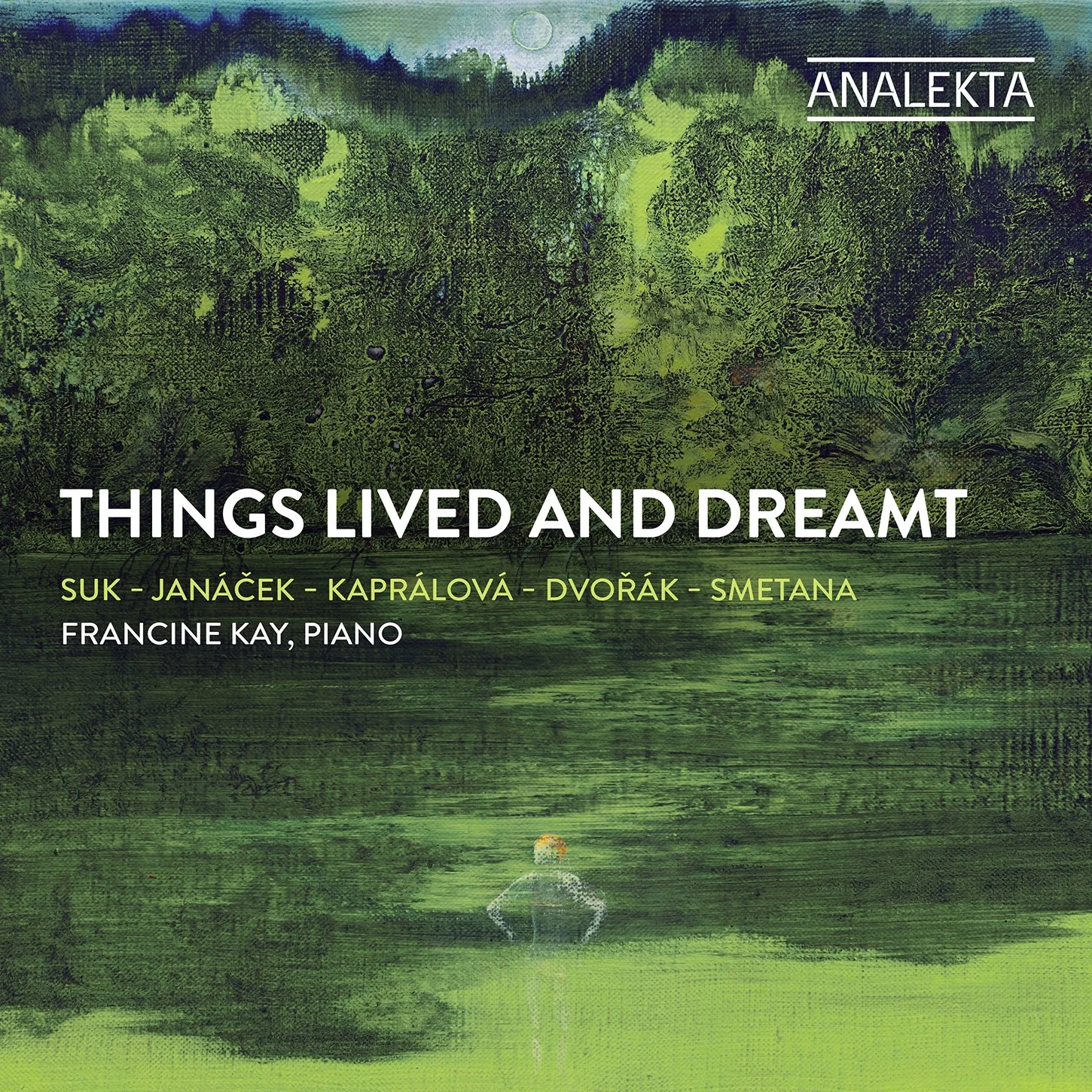On Monday, April 8 at 7:30 pm, the Austrian Cultural Forum New York presents the Austrian violinist and vocalist Mia Zabelka with experimental video artist Katherine Liberovskaya. The evening also features the legendary intermedia artist Phill Niblock performing his signature hypnotic compositions. In this Insider Interview, we spoke with Ms. Zabelka about her early musical influences, approach to improvisation and collaboration, and so much more. More info online at acfny.org.
Classical Music Communications - You started your training of the violin in a very traditional sense. What are your earliest memories of breaking away from the classical tradition?
Mia Zabelka - In addition to my classical violin training I started to play in a jazz rock band at the age of 14. At that time there was a very lively jazz scene in the Vienna Underground. For example, Joe Zawinul came out of it. It brought me more recognition and social integration from my school friends than classical music.
I was also interested in electronic music/ sound art from a very early age. This was at a time before the computer was generally available and we drew enormous loops and lengths of audiotape through the sound studio instead. Work at the mixing console was also incredibly important, since it was here that we could still maintain the “haptic” aspect through the physical contact we had in handling the sound and tonal events we produced. I experimented with the sounds of my own pulse and breath and improvised with them at live concerts on the violin and with my voice.
CMC - You’ve described your compositions as “noise & sound art,” in addition to calling yourself a “sound artist.” What is sound art?
MZ - Sound art is an artistic discipline in which sound is utilized as a primary medium. Sound art may be interdisciplinary in nature, or be used in hybrid forms. Sound art can be considered as being an element of many areas such as acoustics, psychoacoustics, electronics, noise music, audio media, found or environmental sound, soundscapes, explorations of the human body, sculpture, architecture, film or video and other aspects of the current discourse of contemporary art. Noise music is a category of music that is characterized by the expressive use of noise within a musical context. Noise music includes a wide range of musical styles and sound-based creative practices that feature noise as a primary aspect.
CMC - For your upcoming show at the ACF, you’ll be performing with video artist Katherine Liberovskaya. What is your process for composing sound art with visual art in collaboration such as this one?
MZ - The interdisciplinary interaction of Sound, Art, and Video is the primary aspect of this cooperation. Since my first release SOMATEME I have continuously explored sound and music as physical phenomena, always pushing back the boundaries in experimental performances and compositions that question established notions, improving the available techniques and given structures.
I transform movement into a language of musical signs. The gestures/phrasing which are intrinsically ever-present when playing the instrument are then inflated, exaggerated, transformed, de-constructed etc. and I succeed in finding new musical formulations through this, reaching beyond most stereotypes and clichés, and which are thus characteristic for my special musical language.
I play both acoustic and electric violin and various electronic devices today. An issue of great importance to me with these instruments is having direct access to the sound material with the effect pedals, which I can operate manually. The electronic sound is devised physically through “haptic” playing. Using this set up I am given the opportunity to expand the sound range so extensively that the violin itself becomes an interface and/or an electronic sound generator/sound machine. I use the electronic sound as it were to dress up or mask the natural acoustic sound of the instrument.
CMC - Improvisation seems to be a very important part of your style. In a concert like the upcoming one at the ACF, how much of this music is set (written out, or otherwise set in stone), and how much is improvised? Do you leave certain sections open for improvisation, or is there always room for it?
MZ - In my solo work, I basically act more as a composer than as an improvisational musician. These are electroacoustic compositions, but in the live context they also repeatedly include improvisatory parts. I create a composed framework that is open to improvisational aspects. I describe my form of musical improvisation as “automatic playing”. What I mean by this is not only a computer-like mechanical playing style, but rather the ability to achieve the production of a flow of sound similar to that in speech, filled with musical ideas and deep inner emotion both in my music and myself.
CMC - In this project, the dialogue is created through surveillance technology. What exactly is surveillance technology, and how do you use it?
MZ - In my cooperation with Katherine Liberovskaya we use a small camera attached to my right wrist, making visible in real time the genesis of the music / the sound. Katherine uses another camera and special software to generate feedback loops from these shots. Thus, the process of creating music is spontaneously transformed into visuals.
CMC - Is there a social commentary attached to this project?
MZ - I think experimental music and improvisation always involve a social commentary.
CMC - What do you hope audiences will take away from this performance?
MZ - In my music, I am always trying to tell stories. I hope that people are getting touched by this sonic story telling. I would like to encourage the listeners to listen intensively, to actively participate in the process of creating the music and the visuals, to get involved in an audiovisual adventure together with us.





